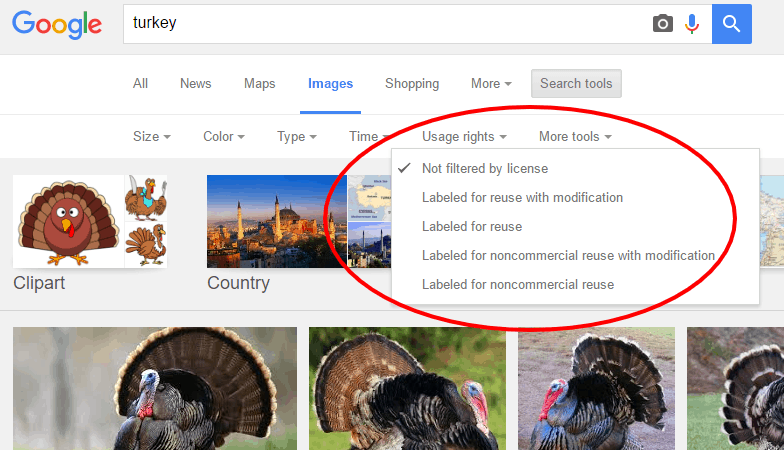
A lot of people associate content curation with social media, newsjacking or other methods used to get short-term traffic boosts. While all these things are types of curation, there are also additional ways you can curate content that will provide lasting benefits to your website and help you reach your long-term traffic goals.
There are still a few publishers and content marketers who are a little leery of content curation because they feel it is inferior in some way to creating original content. But, when done well, curation is a form of original content creation. When you add your own point of view to a curated piece of content or you put it in context for your specific audience, you really have created something new.
The real test of whether or not curated content is “good” is to ask if your work adds value. For instance, if you’re compiling a list of reputable resources for people who want to learn more about project management, you are actually creating a new resource yourself – one for those readers who wouldn’t know where to begin their search otherwise.
So, what types of curated content add value and are also most likely to increase your site’s traffic? Here are a few ideas you may want to try.
1. Compile statistics on a specific subject.
Even people who claim to hate math love to quote numbers. If you take the time to compile a collection of statistics on a particular topic from reliable resources across the web, people will love you for it. Just be sure to cite each source you use, and whenever possible, include a link back to that original source.
To really add value to this type of curated collection, you may want to look into creating your own charts and data visualizations. You don’t need a lot of graphic design experience to do this. Take advantage of free tools like Google Chart Tools and Piktochart. Or, you can create charts and tables in Microsoft PowerPoint and export each one as an image to include in your article.
2. Share relevant infographics, videos and SlideShare presentations.
Videos, infographics and other types of multimedia content are great traffic magnets, but they can also be expensive and time-consuming to produce. If you don’t have the resources to create your own, you can still showcase these content types on your site by curating the best items that are relevant to your subject matter and adding your own commentary.
For example, if primary education is one of the topics covered on your site, you might want to curate great educational videos from YouTube and embed them on your site. Then, as part of your commentary on each video, you can include ideas for incorporating it into lesson plans and links to additional resources on your site that would also work well for those lessons.
3. Pull together similarly-themed photos.
If your site covers a highly visual topic – such as cooking, crafts or home improvement – you can create curated collections of third-party photos on specific topics of interest, like fun Thanksgiving centerpieces or neat ideas for a bathroom remodeling project.
With all these cases, be sure that you have permission to use the photos first either by explicitly asking the photographer or by reviewing any license accompanying the photo.
Not sure where to find photos you can use? You can check sites like Flickr and limit your search results to certain types of Creative Commons licenses. You can also use Google Image Search and filter your results. To do this, click on Search tools and then select the appropriate license type from the Usage rights drop down list.

4. Create lists of excellent resources on any topic.
Another type of popular curation format is to compile a list of third-party resources that you have pre-vetted for your readers. If you have other content on your site that falls into this category, you could include is as a resource as well. In fact, sometimes a nice mix of third-party and on-site content in a resource round-up can be a great tool for generating traffic to your site.
In order to be effective, round-ups like this should list several resources. Think about it from a reader’s point of view. If you were searching for a list like this, how likely would you be to share and/or save the list? Probably not too likely if it only had three items on it, but if it had 20 or 30, that’s a different story.
5. Curate location-based news and put it in context for your readers.
Does your site target users for a certain geographical location, such as Baltimore or New York State? You may want to curate news that relates to that location and include a commentary that explains how it impacts your audience. This method of curation is particularly effective for local businesses and non-profit organizations, but it can work well for other types of sites, too.
Curating Your Own Content
In addition to curating great content created by others, you can also curate your own content to make it easier for readers to find interesting and helpful material that already exists on your site.
If you have a lot of information on your site, it’s easy for some pages to get buried or overshadowed by more recent publications. Sure, people may still be finding this content when searching on Google, but they’re not seeing it when just browsing your site. As a result, you could be missing out on an opportunity to increase your average pageviews per session.
As an example, suppose you have a photography site with several articles or other pieces of content that give tips for taking photos at weddings. You could create a curated collection of all these articles on your site and group them together with a title that contains “wedding photography tips” – a pretty powerful keyword phrase with high search volume and a decent CPC.
Then, after you publish the curated collection, go back and edit each of the items mentioned in the new article to add a simple line or two like “For more wedding photography tips, check out…” and link to the recently published collection.
This can help increase your pageviews in multiple ways:
- Linking together all these resources will increase average pageviews per session.
- When they notice that you have lots of material on the topic, this may lead to search engines ranking your site higher for strong keywords, which could result in more organic traffic being sent your way.
- People love to share collections like this, so your direct and social media referrals may also increase.
Curation Etiquette
No matter what type of content you’re curating, be considerate and respectful to the original creators of the material. On top of adhering to copyright laws, be sure to meet any other additional usage requests made by the content owner. If you feel like their requests aren’t reasonable, there’s an easy way to deal with that: Don’t use their content.
Even if it’s not required, cite and link to the original source of items you curate whenever possible. Doing this may save you some grief in the future, but mostly it will show others that you’re a good Internet neighbor. And that, in turn, may encourage others to share and recommend your content.

